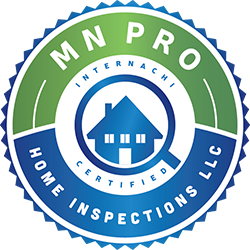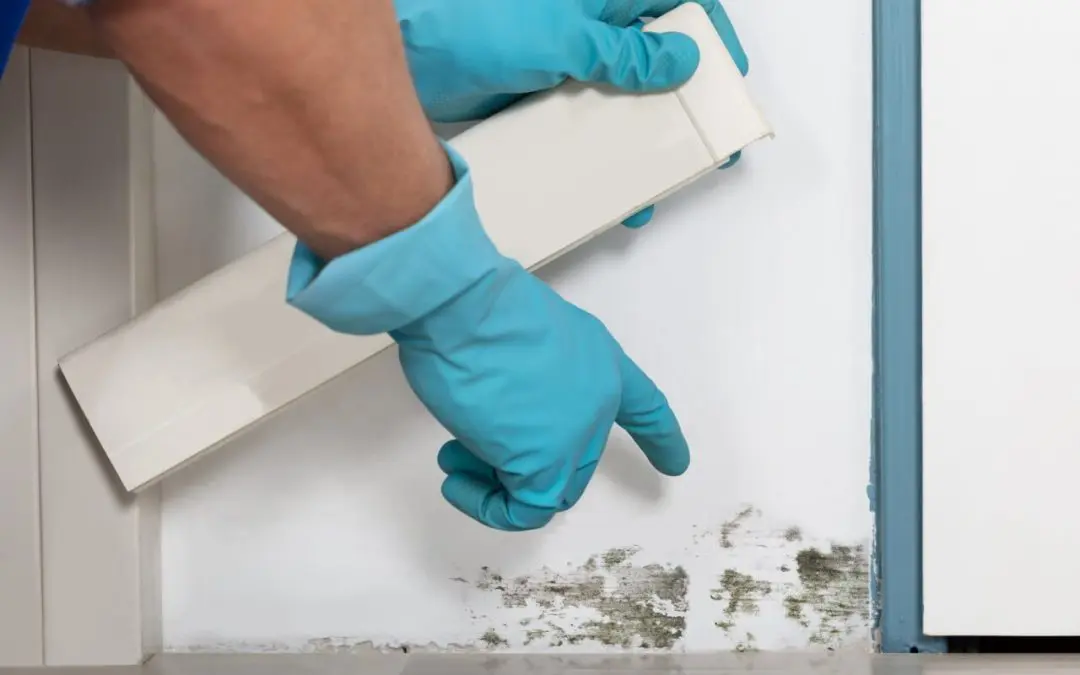Mold is a type of fungus that grows in damp, humid areas. Not only is it unappealing to look at, but it can lead to property damage and pose a danger to the health of people living in the home. Mold causes allergies, respiratory infections, and other health conditions. As a homeowner, it’s your responsibility to keep your living spaces healthy and safe. Here are five effective ways to prevent mold growth in your home and boost the well-being of your family.
Tips to Prevent Mold Growth
1) Keep Humidity Levels Low
Mold thrives in damp environments. Keeping humidity levels low is one of the most effective ways to prevent mold. Run a humidifier to keep humidity levels at bay. Use a hygrometer to keep an eye on humidity levels in areas like bathrooms, kitchens, and laundry rooms, as they’re more prone to mold growth.
2) Regularly Check for Leaks
Leaking plumbing pipes and roofs commonly cause moisture and mold growth in a home. Regularly check for signs of water damage and leaks in pipes, roofs, windows, and walls. Repair or replace damaged or leaking areas; elevated moisture may lead to property damage and mold growth.
3) Prevent Mold Growth with Good Ventilation
Good airflow and ventilation are essential in preventing mold growth. Verify the rooms in your home have proper ventilation. Open the windows and HVAC vents and use fans to promote circulation and keep the living spaces dry. Adequate ventilation keeps moisture from accumulating in the home and prevents mold growth.
4) Frequent Housecleaning
Cleaning the house regularly is a proactive way to prevent mold growth. Clean spills immediately and dust and clean surfaces and floors frequently to get rid of mold spores. Cleaning frequently will go a long way in keeping your home free from mold.
5) Dry Laundry Immediately
Wet clothing, washcloths, and towels become a breeding ground for mold. Hang bath towels to dry in an area with good circulation. If you have clothes that cannot go in the dryer, hang them outside to dry. If an outdoor clothesline isn’t an option, hang damp laundry in an area with a fan. Don’t leave piles of damp clothing, swimwear, or towels on the floor; mold only takes 24 to 48 hours to form.
Preventing mold in your home helps keep your family healthy and safe. These simple tips reduce moisture so you can avoid mold growth and protect your property and family from the dangers of mold.
FAQ
Q: What is the recommended indoor humidity level to prevent mold growth, and how can I maintain it?
A: To prevent mold growth, maintain indoor humidity levels below 60%. Run a dehumidifier, especially in areas prone to moisture like bathrooms, kitchens, and laundry rooms.
Q: How often should I check for leaks, and where are common areas for water damage in a home?
A: Regularly check for leaks in plumbing pipes, roofs, windows, and walls. Performing checks at least twice a year is advisable to identify and repair damaged or leaking areas, preventing moisture accumulation and mold growth.
Q: Why is good ventilation important in preventing mold growth, and how can I ensure proper ventilation in my home?
A: Good airflow and ventilation prevent moisture accumulation, a key factor in mold growth. Open windows, HVAC vents, and use fans to promote circulation. Ensure proper ventilation in all rooms to maintain dry living spaces.
Q: Can using mold-resistant building products truly help prevent mold growth, and where should I consider using them in my home?
A: Yes, using mold-resistant drywall and paint in damp areas with high humidity, like bathrooms and kitchens, is effective in preventing mold growth. Incorporate these products in areas prone to moisture to enhance mold prevention.
Q: How frequently should I clean my house to proactively prevent mold growth, and are there specific cleaning practices I should follow?
A: Weekly cleaning is crucial in preventing mold growth. Clean spills immediately, dust, and clean surfaces and floors frequently to eliminate mold spores.
MN Pro Home Inspections provides professional inspection services in the Twin Cities and Western Wisconsin. Contact us to schedule an inspection.

